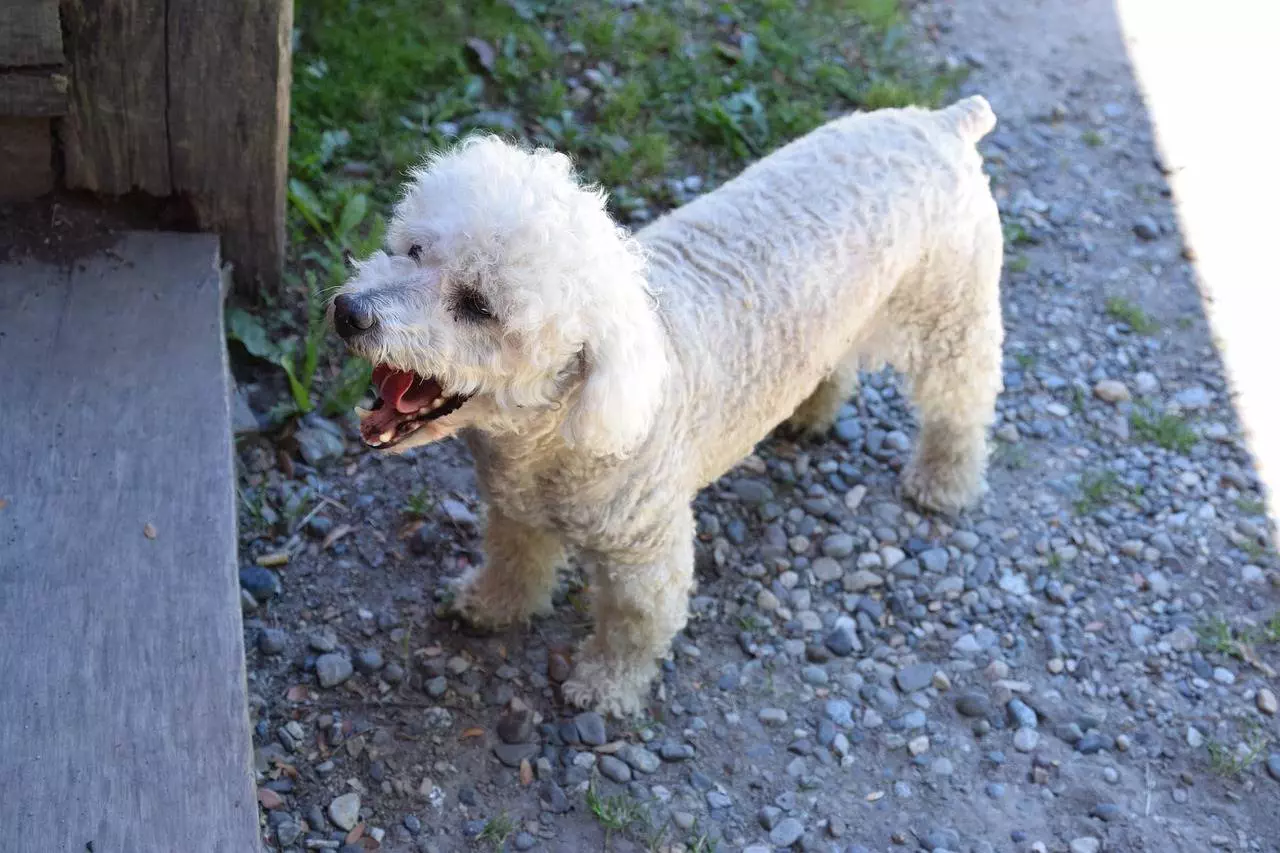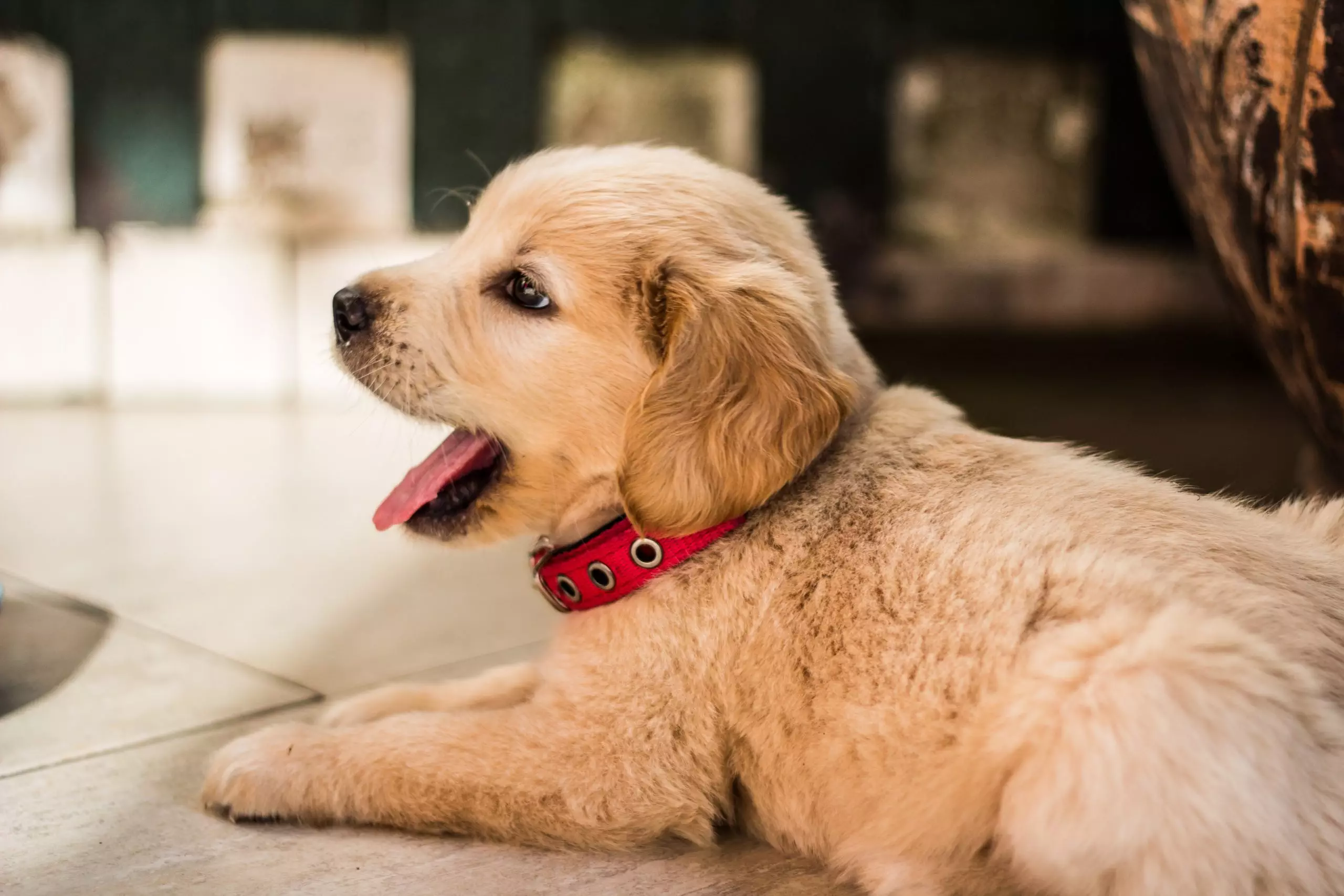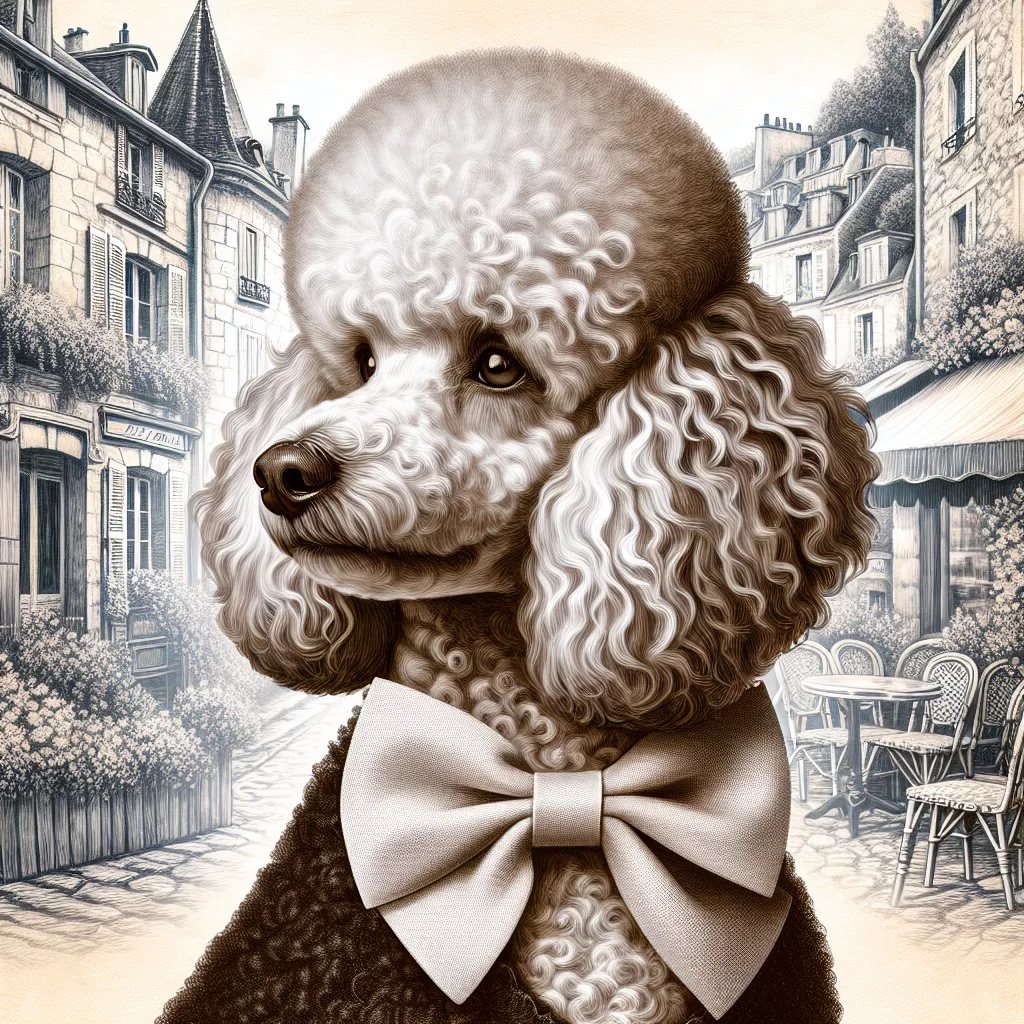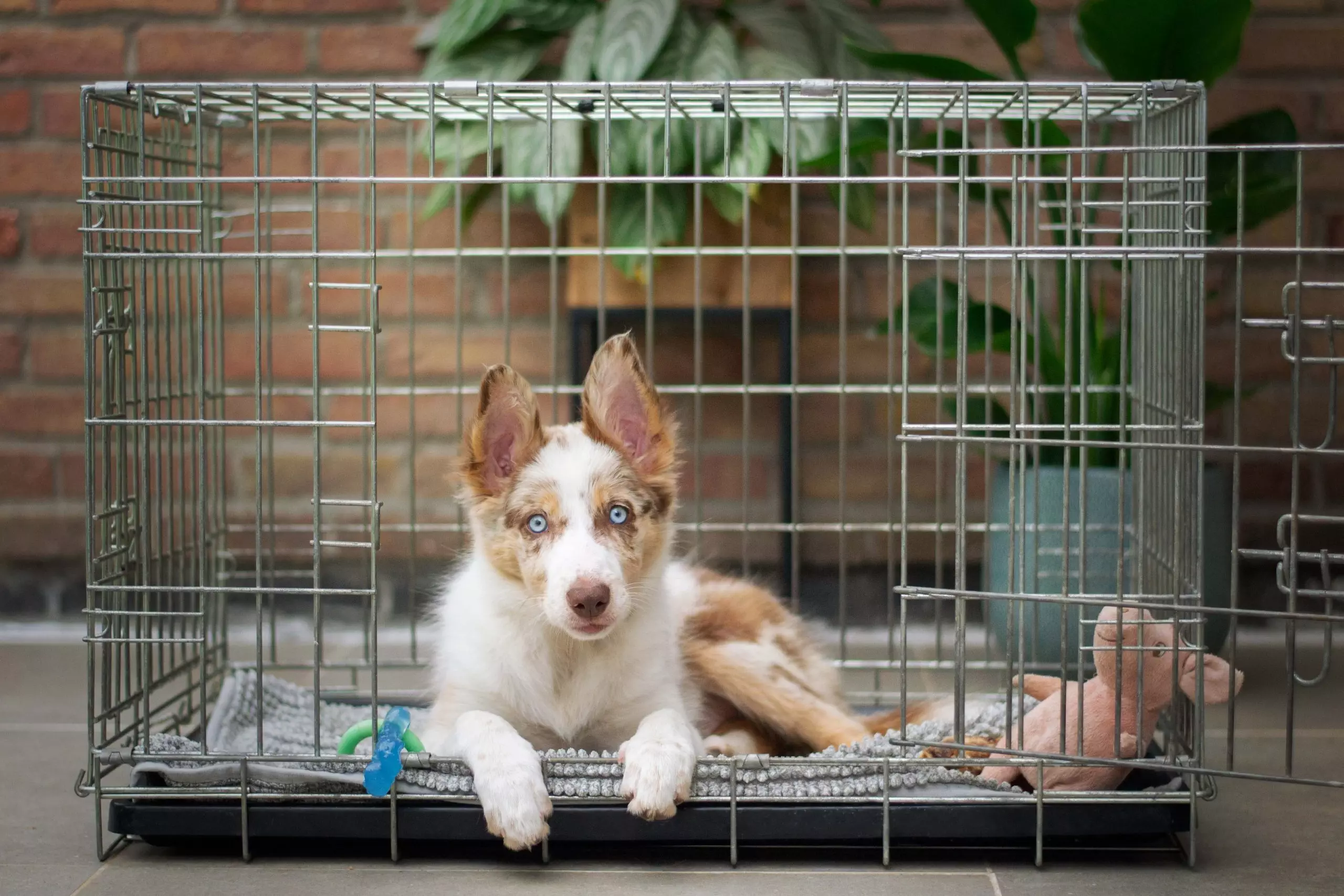Want to know when your toy poodle will stop growing? This comprehensive guide discusses the growth patterns, influential factors, care tips and common anomalies.
If you’re the proud parent of a toy poodle puppy, you might be wondering exactly when your furry little friend will reach its full growth potential. The article “When Does A Toy Poodle Stop Growing” offers all the insightful details you need. It stages a comprehensive investigation into the developmental milestones of toy poodles, addressing your curiosity about their growth patterns. So whether you’re curious from pure intrigue, or looking to plan for their future needs, this timely piece has you covered.
Understanding the Growth Cycle of a Toy Poodle
The growth cycle of a toy poodle is of great interest to anyone who is considering bringing one of these delightful pets into their home. Your four-legged friend will undergo, not only physical changes, but emotional and cognitive development over time.
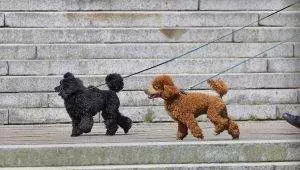
Basic information about poodles
Poodles come in three main size variants: standard, miniature, and toy. Toy poodles, the smallest of the trio, typically stand at around 10 inches high and weigh between six to nine pounds. Poodles as a breed are known for their intelligence, their outgoing and playful demeanor and their lovely curly coats which require regular grooming.
Keystages of a toy poodle’s development
Like most dogs, poodles go through key stages of development, including the puppy stage, juvenile stage, and adult stage. Each stage comes with its challenges and triumphs, and understanding these will aid in ensuring your toy poodle grows up safe and healthy.
How age affects a toy poodle’s growth
As your poodle ages, their rate of growth will naturally decelerate. While puppies grow rapidly, by the time they reach the late juvenile or early adult stage, their growth will have significantly slowed down.
Physical Growth of a Toy Poodle
The physical growth cycle of a toy poodle can be broken down into three main phases.
Rapid Growth phase
In the first few months of your poodle’s life, you’ll notice a rapid gain in both height and weight. It’s important to provide them with proper nutrition during this time to support their swift development.
Slowing growth phase
As your poodle moves into their juvenile stage (roughly from four to ten months), their growth begins to slow. This is when they start to develop more muscle and their body begins to take on its adult form.
End of growth phase
By about one year, your toy poodle’s growth slows even more and they reach their full adult height. Although they’ll still fill out a little more, getting broader and more muscular over time.
Factors Influencing the Growth of a Toy Poodle
Different factors can impact the rate and manner in which a toy poodle grows.
Genetic factors
The genetics inherited from the poodle’s parents can influence how large a toy poodle ultimately becomes and how quickly they reach their full size.
Diet and nutrition
What you feed your toy poodle can greatly affect their growth. A balanced diet specific to their developmental stage is essential. Overfeeding or providing an unbalanced diet can potentially lead to obesity or further health issues.
Physical activity level
The amount of physical activity your toy poodle gets will also contribute to their growth. Regular and appropriate exercise helps ensure a lean and healthy body.
How to Determine When a Toy Poodle Has Stopped Growing
Determining when your toy poodle has reached their full size can be a bit challenging. Here are some ways to help you gauge their growth.
Signs of reached adult size
Physically, your toy poodle will not grow much taller after about one year of age. This is when they have typically reached their adult height.
Veterinary examinations
Veterinary check-ups are crucial throughout your poodle’s growth stages. Remember to ask your vet about your pup’s progress and whether they’ve reached or are close to their adult size.
Comparing to breed standards
Breed standards can provide a guideline for toy poodle size. However, remember that every dog is unique, and your poodle might differ slightly from these standard measurements.
Nutritional Needs of a Toy Poodle at Different Growth Stages
Your toy poodle’s dietary needs will change as they grow, and it’s important to accommodate these requirements.
Puppy stage
Toy poodle puppies need a diet rich in protein to support their swift growth and energy. Choose a quality puppy food for this stage.
Juvenile stage
During the juvenile stage, your toy poodle will still need a high-protein food, but their portion sizes will likely need to be adjusted as their growth starts to slow down.
Adult stage
As adults, toy poodles should continue with a balanced diet but their calorie-intake will need to adjust as their metabolism starts to slow down. Remember to take treats and extras into account when determining the right amount for your pet.
Growth Disorders in Toy Poodles
Certain conditions could impact the healthy growth of your toy poodle and it’s important to be aware of them.
Common growth disorders
Some toy poodles may suffer from growth disorders like hypothyroidism or pituitary dwarfism, which can affect their size and development.
Signs and symptoms
Concerning signs could include persistent puppy-like features in an older poodle, stunted growth, weight gain, or hair loss.
Treatment and prevention
Most growth disorders can be addressed with prompt veterinary intervention. Regular check-ups are key to the early detection of any potential issues.
Emotional and Cognitive Development in Toy Poodles
Emotional and cognitive development is just as important as physical development in the growth cycle of a toy poodle.
Emotional changes during growth
During their growth cycle, toy poodles experience a whole host of emotional changes. This is especially evident during adolescence when they may become a little more independent or even rebellious.
Cognitive development milestones
Cognitive development involves the learning processes like memory, problem-solving, and decision-making. These capabilities develop as the puppy grows and interacts with their environment, learning about boundaries, house-training, socialization, and basic commands.
Socialization and behavior training
Socialization and training are key factors in promoting a well-rounded and contented adult poodle. This ensures your toy poodle interacts appropriately with other dogs and people.
How to Properly Care for a Growing Toy Poodle
Taking care of a growing toy poodle involves a combination of nutrition, training, and health care.
Daily care routines
A regular routine for feeding, playing, and grooming will provide comfort and stability for your growing puppy, fostering positive behavior.
Training during growth stages
Training should begin as early as possible and continue throughout the various growth stages. This includes basic commands, house-training, and any special tricks or behaviors you would like your poodle to learn.
Healthcare considerations
Regular vet visits, maintaining vaccinations, and addressing any health issues promptly are all part of the care program for your growing puppy. Also, dental care, grooming, and tick/flea prevention are necessary considerations.
Frequently Asked Questions about Toy Poodle’s Growth
The growth cycle of a toy poodle often brings up many questions for pet parents.
Does neutering/spaying affect growth?
Neutering or spaying can influence the growth plates in dogs. However, it’s a nuanced issue which your veterinarian can advise you about considering your pet’s specific circumstances.
Do male and female toy poodles grow at the same rate?
Typically, both males and females grow at a similar rate through the puppy and juvenile stages. However, males tend to end up slightly larger than females once they reach their adult size.
Can my toy poodle grow after a year?
While most of the height-related growth is done by one year, your toy poodle could still continue to fill out, getting stronger and broader until about 18 months of age.
Anecdotal Experiences of Toy Poodle Owners
Hearing from other toy poodle owners can often provide practical understanding and tips.
Growth experiences from first-time owners
First-time owners may find the swift growth in early puppyhood astounding. They often emphasize the need for patience, consistency, and love during the growth journey.
Tips from experienced toy poodle owners
Experienced owners often suggest maintaining a balanced diet, consistent training, and regular vet visits to ensure healthy growth. They also recommend giving your puppy plenty of socialization opportunities.
Case studies of exceptional growth rates
Occasionally, you might come across case studies of toy poodles that grow more than the typical size or faster than usual. However, it’s essential to remember that each poodle is unique and grows at their own pace.


